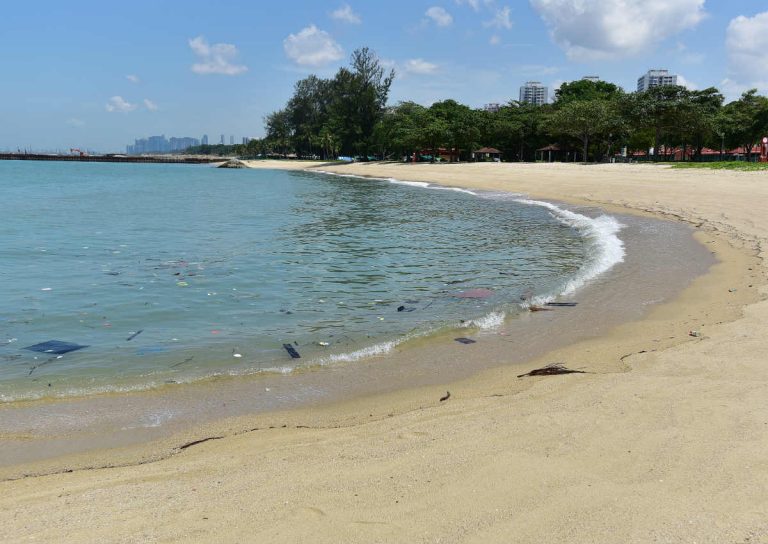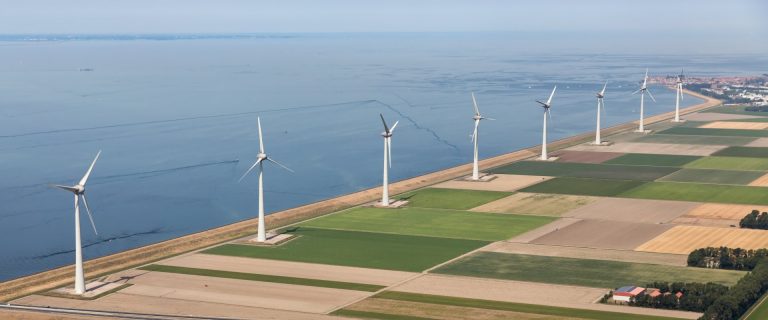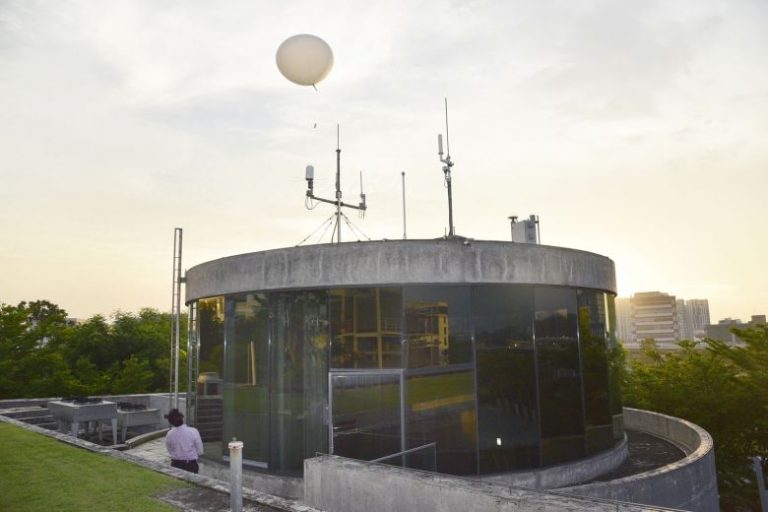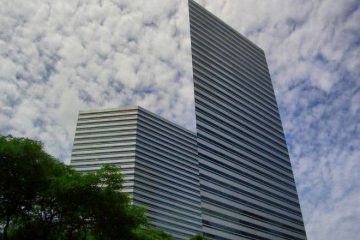Urban (re)developments in NDR 2019 - Coasts and Costs of Climate Change
Written by Sammie Ng and Zhang Chenxin
The announcements made during the National Day Rally should concern us all – as they inform us of the future we are building towards, literally and figuratively. Accommodate rounds up the major urban redevelopment projects announced during the rally, and share what we think they mean when read as a whole.
1. More Kindergartens
Re-emphasising the importance of early education, there are plans to double the number of MOE Kindergartens from 24 to 48 in the next few years, and existing preschools at HDB void decks will be upgraded as well. Along with other childcare-related announcements, it seems Singapore really wants us to have more children – even as it was reported that climate change has made some young couples have second thoughts on having children.
2. Great Southern Waterfront
Beyond protecting Singapore’s coastlines from the effects of climate change, there are long-term plans to remake and take full advantage of them with the Greater Southern Waterfront (GSW). The GSW comprises 30km of our southern coastline, from the Gardens by the Bay East, all the way to Pasir Panjang. There are planned developments keeping with the theme of “Live, Work and Play”, which include HDB flats, private housing, office buildings and attractions similar to Downtown East in the GSW. Fun fact: the GSW comprises 2,000 hectares of land, which makes it 6 times the size of Marina Bay!
3. Saying good bye to our city terminals, Keppel golf course and old power stations
Where will the land for GSW come from? The GSW is made possible by the relocation of the PSA city terminals currently to the planned Tuas Megaport, while the Keppel golf course will also go when it expires by 2021. Finally, the old power stations will also be redeveloped.
4. Linking up the coast
The GSW will not be isolated from the rest of the island, with plans to link it up with surrounding green areas. There will be a connection all the way from West Coast Park to East Coast Park. Islands will also be joining in on the fun – Sentosa will see a connection to the rail corridor and the GSW, while it also gets spruced up with more nature and heritage trails.
One thing that’s for certain is the impending sea level rise, one of the major consequences of climate change for Singapore, a low-lying island. To prevent flooding, MRT Stations will have elevated entrances and new developments will be built at least four mean meters above sea level instead of three. The irony should not be lost – critical infrastructure like Changi Airport Terminal 5 and the Tuas Port – which contribute the most to Singapore’s carbon emissions will be the ones we are protecting the most, as they will be built to even higher requirements, built five meters above sea level.
6. Keeping out the sea
Just raising our buildings isn’t enough. Large sections of low-lying land need to be protected with coastal defenses such as sea walls, with more vulnerable areas such as the City-East Coast and Jurong Island having top priority (again, the latter is where most of our carbon emissions are housed). As for removing excess water, another pump like Marina Barrage’s Pump House will be built at the opposite end of the barrage to pump water back into the sea. How high will we go, and how high can we go?
7. Polders – A new experiment
Other low lying countries like the Netherlands have been coming up with their own ideas to tackle sea level rise, so why not take some inspiration from them? Polders, land beneath sea level protected by a seawall created by pumping water out, are being considered to protect the east coast. Aside from protecting the land behind them from flooding as well, we may even get more land, consistent with our tradition of incessant reclamation.
Of course, just because it works for them doesn’t mean it will work for us. To test the feasibility of polders in Singapore, a small trial polder will be set up at Pulau Tekong and will be used for SAF training in the meantime.
8. Know thy Enemy – Climate Change
Other than ramping up adaptation infrastructure in time, Singapore is also investing in longer term research. The Centre for Climate Research Singapore has been set up to study the effects of climate change on Singapore and South-East Asia in more detail together with our neighbours so that there may hopefully be a better chance of protecting Singapore from the uncertain effects of climate change. This is definitely a good start, but we should probably be increasing research in climate change mitigation as well, ie. in technologies that can reduce carbon emissions.
Conclusion
This year marks the first time climate change has been given specific and due recognition for its role in influencing how we adjust policies and development, but Singapore seems to be ahead of ourselves – skipping over mitigation to prioritize adaptation, by going all out to hopefully keep the waters out. Maybe that is also because Singapore is placing heavy bets on its latest modernization project, the Great Southern Waterfront, which also happens to be along our coastline.
When all these projects are understood together and within the context of climate change – it doesn’t seem like Singapore is treating climate change like an existential crisis. Business will be as usual, just with sea walls built higher. If the idea of development is for future generations to benefit, we seem intent to have more babies only for them to grow up in a nightmarish world.






0 Comments